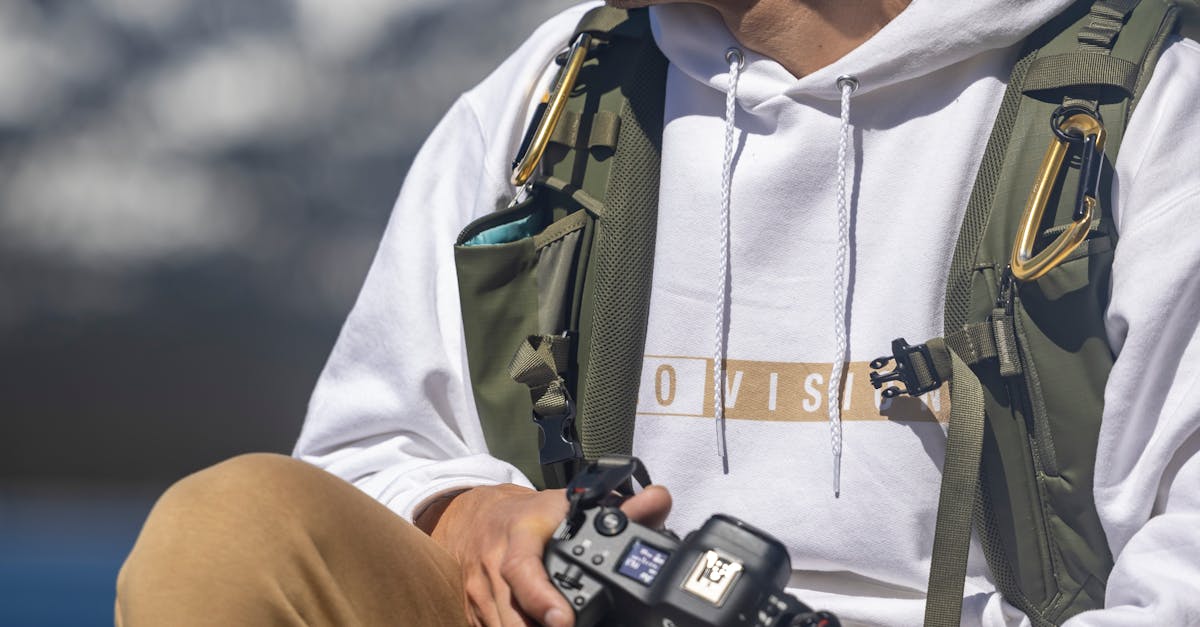Maintenance Tips for Self-leveling Sewer CamerasBest Practices for Maintaining Crawler Sewer Cameras

Waterproofing
To maintain the waterproof capabilities of self-leveling sewer cameras, it is crucial to ensure that all seals and fittings are properly tightened. Regularly inspecting the camera for any signs of wear or damage, such as cracks or loose parts, can help prevent water from seeping into the device during use. Properly securing all connections will also extend the lifespan of the camera and reduce the risk of water damage affecting its performance.How can operators ensure the longevity of their crawler sewer cameras?
In addition to checking the seals and fittings, it is recommended to test the waterproofing of the camera periodically. Submerging the camera in a container of water for a brief period while monitoring for any leakage can help identify and address any issues with the waterproof seals. By taking proactive measures to maintain the waterproofing of the self-leveling sewer camera, users can ensure optimal performance and longevity of the device in various inspection environments.Handling and Transport
Ensure that all seals and fittings are properly tightened to maintain the camera's waterproof capabilities.When transporting and handling sewer cameras, it is crucial to take necessary precautions to avoid any potential damage. Ensuring that the cameras are securely fastened and protected during transport will help maintain their functionality and longevity. Proper handling techniques, such as avoiding sudden movements and ensuring a stable grip, can significantly reduce the risk of accidents or mishaps.
To maintain the waterproof capabilities of your self-leveling sewer camera, it is crucial to ensure that all seals and fittings are properly tightened. Even the smallest gap or loose connection can compromise the camera's ability to withstand water exposure during inspections. Regularly inspecting and tightening seals will help prevent water infiltration and protect the internal components of the camera.Additionally, it is important to store and transport sewer cameras in a safe and secure manner to prevent any unnecessary wear and tear. Storing the cameras in a suitable case or container when not in use can protect them from dust, moisture, and other external factors that may affect their performance. By following these simple guidelines for handling and transporting sewer cameras, operators can prolong the lifespan of these valuable tools and ensure reliable performance during inspections.
s free from smudges, dirt, and dust will enable you to conduct efficient inspections and identify any sewer issues with precision.To maintain the accuracy of sewer camera readings, it is imperative to schedule periodic calibration checks. These checks help ensure that the camera system is providing precise and reliable data during sewer inspections. By conducting regular calibrations, any discrepancies or deviations can be identified and corrected promptly, ensuring that inspection results are accurately recorded and interpreted.
FAQSCalibrations should be carried out according to the manufacturer's guidelines and recommendations. This may involve adjusting settings, fine-tuning components, or directly comparing readings with known standards to verify accuracy. By adhering to a consistent calibration schedule, sewer inspection companies can enhance the overall quality of their services and uphold the integrity of their inspection data.
How important is waterproofing for self-leveling sewer cameras?FAQS
Waterproofing is crucial for self-leveling sewer cameras as it prevents water damage and ensures the camera's functionality in wet and damp environments.How often should sewer cameras be calibrated?